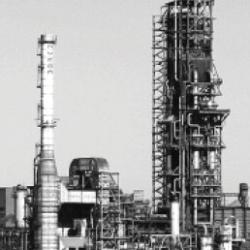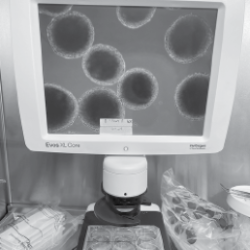This issue's articles are available below.
ELI Members may login to read and download current and past issues of the Forum.
Not a member? Join now!

OPENING ARGUMENT The nose is a sensitive instrument for detecting chemicals. EPA can take advantage, making progress in public health protection, and improving quality of life for those who already shoulder a disproportionate share of the burdens associated with industrial society.
With a SIDEBAR from Patrick D. Traylor of Vinson & Elkins

LAB REPORT Chemical testing must evolve if it is to meet growing demand for data. A new system centered on human biology will result in the harm of fewer animals and be less expensive, faster, and more predictive. Testing using non-animal, human-relevant methods would also better protect public and environmental health.
With a SIDEBAR by Jennifer Sass of the Natural Resources Defense Council

COVER STORY A super-majority of justices hostile toward environmental protection has seized control of the Supreme Court, which once played a major and affirmative role in the development, implementation, and enforcement of pollution control and natural resources law.
With SIDEBARs by Abigail Dillen of Earthjustice and Sarah E. Hunt of the Rainey Center

TESTIMONY These recreational corridors serve an important transportation role, keeping cars and trucks off the road as users commute, stroll, work out, shop, tour, and go about their daily business.

With demands to eliminate climate change-inducing carbon emissions gaining urgency, nuclear energy is enjoying renewed if controversial support worldwide and domestically. In the United States, lawmakers and policymakers are aware that the technology has important downsides, including waste disposal and reactor safety. But now some are arguing that an energy source with virtually no air emissions deserves a new look, particularly with advanced designs on the drawing board that aim to address these and other problems.
EPA Methane Rule Among Many Steps on COP28’s Long Journey.
Forever Chemicals: Wherein Law, Science Confront the Same Problem.
EPA Local Government Advisory Committee to Tackle Key Issues.
Greentech Conference Highlights Long Road for Energy Transition.
The Court Takes Up Cross-State Air Again—but on Shadow Docket.
Some Climate Progress During Biden’s Term, but Not Enough.
Carbon Trading Through Public-Private Initiatives in Global South.
Carbon Dioxide Removal Is Facing a Reality Check.
On Water as a Social and Economic Asset
See Colleagues' Job Changes and Honors Received.
150 North American Women Join Water Diplomacy
New Approaches to Combatting Plastic Pollution.